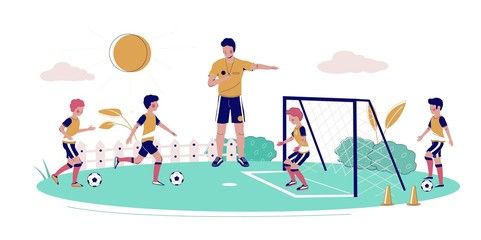The Challenge of Staffing School Sport

It’s the time of year when the timetable is put together, and thoughts turn to the staffing of next year’s various lessons and activities. For leaders of school sport, this is a season of tension, where the spreadsheet detailing the full extent of the sports offer has to be populated with the initials of the workforce that will bring it to life. The vacancies are variable x: the staff are variable y. Rarely does x = y. The problem has been compounded by a greater number of sports teams, as well as increased opportunities for physical activity. The staffing requirements have grown at the same time that the workforce has contracted.
A major consideration for all schools is the contribution made to the extra-curricular sports programme of classroom teachers. This is an assumption that the co-ed and boys’ sector particularly has come to depend upon, but which is now under unprecedented pressure. All schools are finding willing and able volunteers in short supply, especially those able to coach to a high level and willing to commit to weekend sport. In some schools the species is almost extinct: others have more than their share of a diminishing resource. Initiatives to pay teachers for this service have met with mixed success. No one has yet seen the impact of the missing pandemic seasons on staff enthusiasm to contribute.
The future of classroom teachers coaching games is a critical issue for the sports programme of all schools. Historically, it has been the foundation of the programme staffing, with the majority of the workforce from this constituency. Schools without a clear strategy for engaging a critical mass of teachers within sport are facing a crisis of coaching every year, and lurch from one looming disaster to another.
Most schools have more specialist PE teachers than timetabled lessons justify. The sector tolerates some overstaffing here in a way that no other subject would be permitted. This is set against an expectation of full commitment to co-curricular sport. The last decade has seen a growth of full time sports coaches, who have emerged to fill both the skills gap - bringing contemporary expertise – and also the staffing shortcoming. Part-time versions, often difficult to recruit, retain and quality control become the stocking-fillers of the manpower model. Girls’ schools have never had the same dependency on non-specialist help from the classroom, and are therefore less vulnerable to inconsistent supply: however, they have correspondingly greater requirement for peripatetic coaches.
Crisis management has become a seasonal expedient for games staffing. The time has come to build a more dependable staffing model that provides the resource to allow schools to deliver the quantity and quality of sporting outcomes that they seek. The starting point is to establish what this requirement is, and then to build a sustainable workforce to deliver it.
This is likely to be a mixed economy. Schools will need a clear strategy on how they see classroom teachers contributing, and an understanding of the volume of specialist teachers - together with full and part time sports coaches - that will make up the required total. Succession planning is a luxury few schools currently indulge. However, the alternative is the annual crisis of trying to invent a new, and fanciful, formula to make x = y.